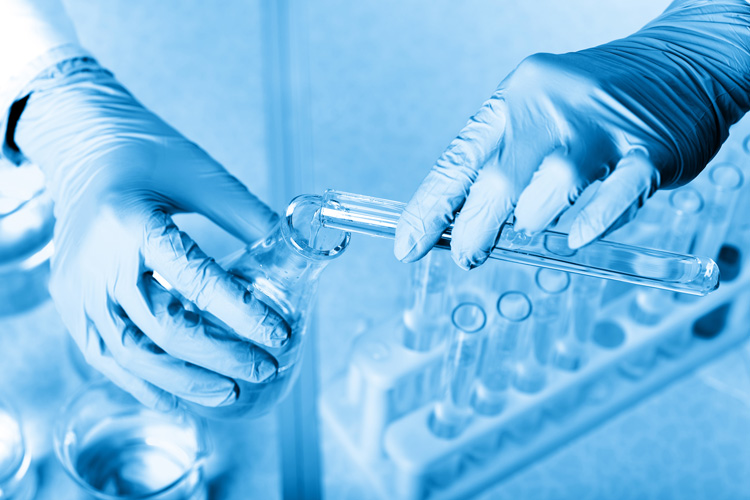+86-13961672821
+86-510-86268020
trust@hi2000.com
trust@hi2000.com
Room 807,No.169 Changjiang road,Huifu plaza,New centre,Jiangyin,Jiangsu China



Views: 0 Author: Site Editor Publish Time: 2025-08-20 Origin: Site









Few industrial workhorses match copper's versatility – that prized blend of conductivity and malleability. Yet even this resilient metal has its Achilles' heel: corrosion. Enter Benzotriazole (CAS 95-14-7), the unsung hero safeguarding copper alloys from decay. What makes this compound so effective? This piece peels back the layers on how BTA blocks oxidation and electrochemical attacks through molecular wizardry.
Picture industrial cooling pipes riddled with pinhole leaks or electronics failing mysteriously. That’s copper corrosion in action. When oxygen, moisture, and aggressive ions (like chlorides in seawater) team up, degradation kicks in. The fallout? Costly downtime, safety hazards, and premature equipment burial. But BTA changes this story. Its secret weapon? A unique three-nitrogen-ring structure primed for copper interactions. Decoding this chemistry helps industries maximize metal longevity.
Watch closely when BTA meets a copper surface. Lone electron pairs on its nitrogen atoms eagerly clasp copper ions (Cu⁺/Cu²⁺), creating molecular handcuffs in a process called chemisorption. Neutral to slightly alkaline pH proves ideal here – it keeps BTA unprotonated for optimal bonding. This atomic anchor provides frontline defense by sequestering vulnerable copper atoms from corrosive elements.
The real magic follows initial contact. Chemistry labs showcase BTA morphing into a Cu-BTA polymer – an ultra-tough, insoluble chelating shield. Picture it: this complex drapes copper like shrink-wrap, repelling water and chemicals. Field experience shows 10-100 ppm concentrations usually nail the sweet spot for flawless coverage, while thin or spotty films invite trouble.
Corrosion, crucially, is electrochemistry gone rogue – destructive tangoes between anodic dissolution and cathodic oxygen reduction. BTA brilliantly interrupts both. How? Its copper coat either physically blocks reaction zones or gobbles electrons destined for corrosion pathways. Electrochemical testing confirms this: BTA drastically bumps charge-transfer resistance, practically freezing rust reactions.
From chemistry labs to factory floors, BTA quietly protects critical infrastructure. Electronics manufacturers count on it to immortalize circuit board contacts. Aviation engineers trust it for aircraft copper wiring where failure isn't an option. Water treatment plants deploy it against pipe erosion – especially vital where contaminants like sulfides lurk.
More isn’t always better with BTA. Too little (<10 ppm)? Patchy film coverage spells leaks. Flood the system? You’ll likely see precipitated sludge over actual protection. Solubility quirk: it dissolves modestly in water – ~1 gram per liter at room temperature. Smart engineers compensate with ethanol blends or surfactant tweaks to prevent hot-spot corrosion
Acid (pH <5) essentially handcuffs BTA - protonation neuters its copper-bonding skills. High alkalinity (pH >9)? Troublesome oxides horn in wrecking film stability. Heat accelerates adsorption initially yet fries the molecule past 200°C. And aggressive ions? Chlorides wage guerilla warfare on protective films, demanding concentrational adjustments for survival.
The perfect application requires vigilance. Ask any cooling tower operator: Running lean on BTA concentration invites disaster. You’ll need scheduled testing to replenish depleted reserves while vigilantly tracking contaminants and pH drifts. Packaging engineers layer it into vapor-phase materials for corrosion-free copper shipment. Metalworking fluids? BTA's soluble co-star extends tooling life considerably. Proactive monitoring – not just initial dosing – seals long-term victory.
The BTA success saga hinges on tripartite might: molecular marriage to copper, impenetrable chelation armor, and electrochemical sabotage. This trifecta makes it irreplaceable in anti-corrosion playbooks. Mastering its chemical personality and deployment variables transforms “good enough” protection into fail-safe operation across industries battling decay daily.